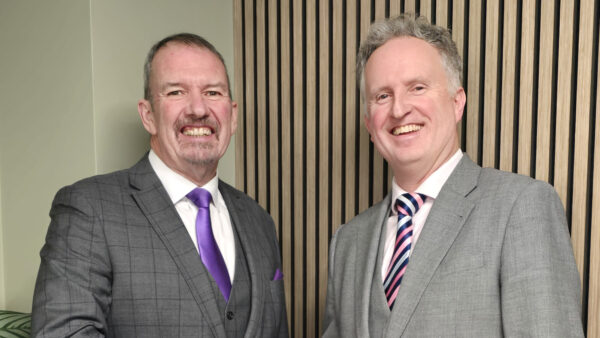
Dr Amal-lee Amin
Nuclear energy and flood defences could be financed by the Green Investment Bank in the future a senior civil servant setting up by the bank said this week.
Dr Amal-lee Amin, a specialist in Energy Markets and Infrastructure in DECC set out key priorities for the bank and its operational timetable at an event organised by the UK Green Building Council in conjunction with London law firm Berwin Leighton Paisner.
Amin said that the purpose of the bank was to provide financial solutions to accelerate private sector investment and help the UK’s transition to a green economy. She said the department was working closely with the EU to allow the bank to become operational, which means receiving EU approval for state aid. The bank had to demonstrate that it was necessary because of market failure.
She said that the bank would have to balance the needs of benefitting the public good whilst ensuring its activities were financially sustainable.
She said there would be three phases to the bank’s development. In the first phase from 2012 to 2015 a small team would make investments from a £0.75bn pot in technologies which would allow for a rapid scaling up including energy efficiency and waste – but in the longer term finance could be widened out to include energy transmission, offshore wind nuclear and flood defences. Phase two will kick in 2015 when the bank will have received state aid approval by the EU.
In phase 2 the bank would receive £2.25bn worth of funding when it becomes fully operational and will be able to borrow. After 2015 this could include other technologies like marine – which could be ready for scaling up by then.
Amin said that bank would focus on technologies that are ready for scaling up and need investment.
“The green investment bank will focus where commercial demonstrated technologies are ready to be scaled up.”
The bank will have independence at board level and at the operational level said Amin.” It needs that to ensure credibility with the financial sector.”
Amin acknowledged that the £3bn didn’t sound much money for an industry that needed £200bn worth of investment but she said she expected the £3bn investment to be able to lever in 30 times that amount of cash, taking available funds up to £90bn.
But she said that the purpose of the bank was to provide a catalyst for the private sector to lend. And once it has been demonstrated that green technologies provide a financially viable investment proposition the private sector will kick in.
Tim Smith, a planning development lawyer at Berwyn Leighton Paisner which was hosting the event said: “Should the bank be investing in areas in technology that is already well established?”










